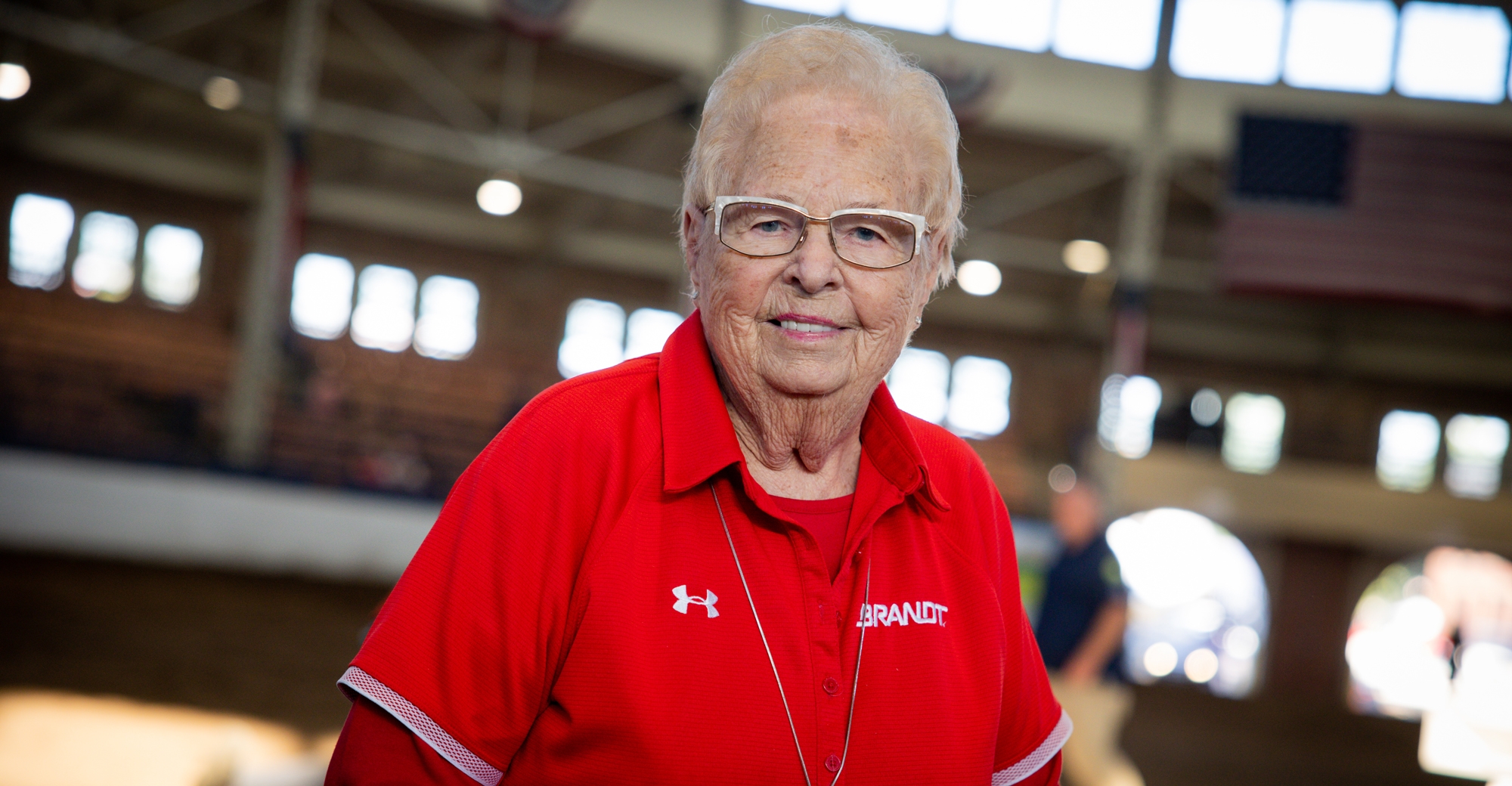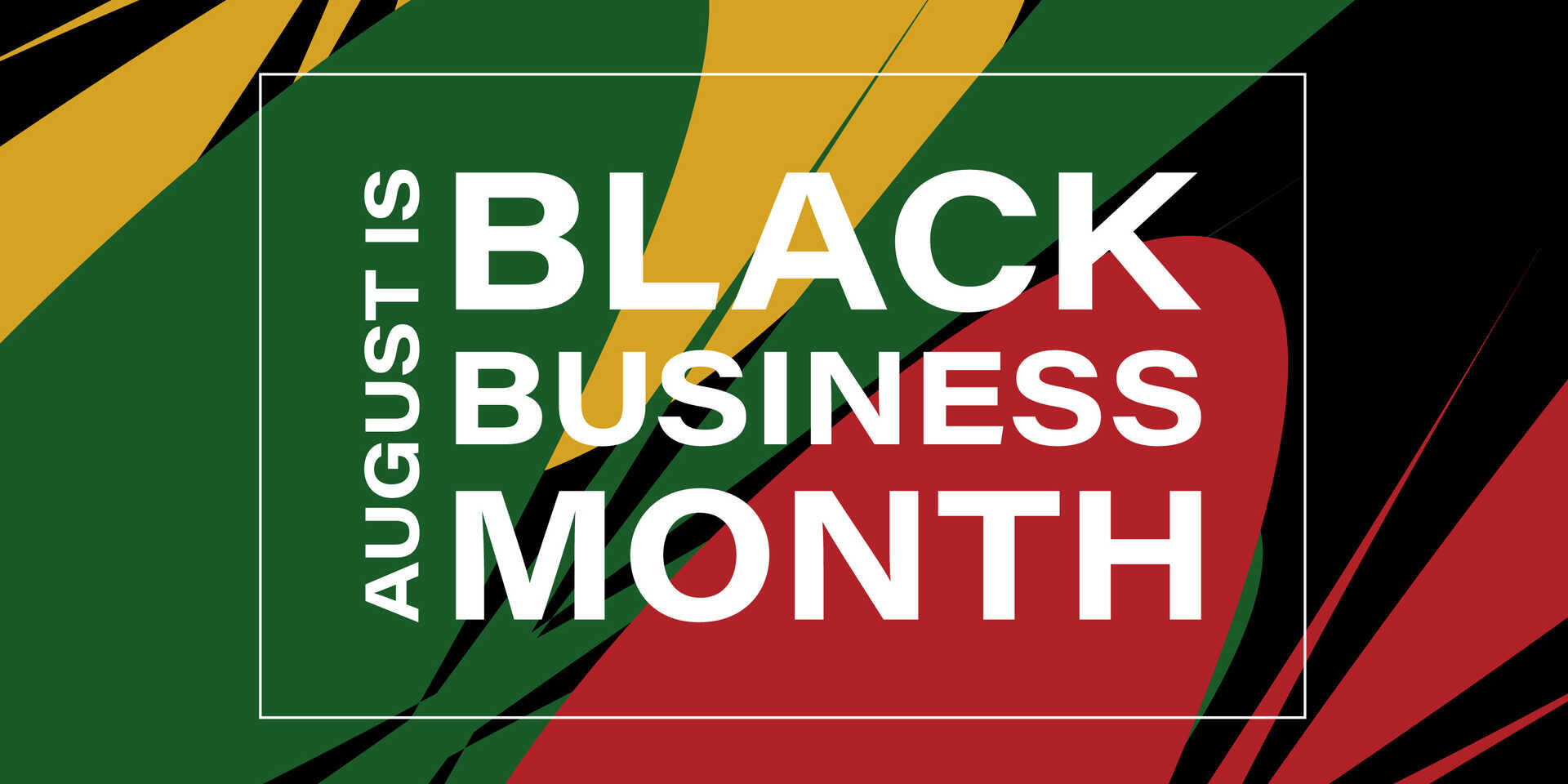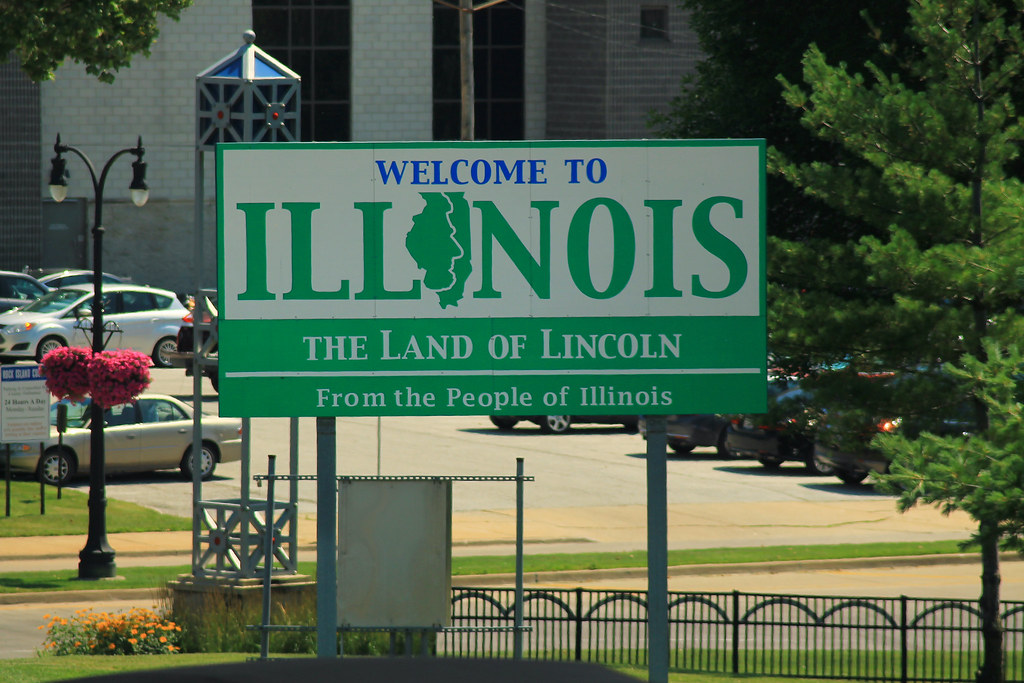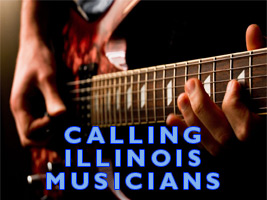- Details

National Author’s Day is celebrated on Nov. 1 each year and serves as a day to appreciate our favorite authors for their dedication to the art of writing and their persistence to sharing their stories to the world. Whether you are a fan of fiction, non-fiction, fantasy, romance, poetry or any other topic, you can appreciate the realm of literature and the impact that authors have on our lives and society.
The origin of National Author’s Day is here in Illinois’ Village of Bement. Bement is a small village in Piatt County which currently has a population of about 1,470 individuals. Back in 1928, Nellie Verne Burt McPherson, president of the Bement, Illinois Women’s Club was inspired to set aside a day to celebrate American authors. She had a profound love for reading her whole life and as an educator emphasized the importance of reading and literature to her students. After writing a note to Irving Bacheller about how much she enjoyed his book, Eben Holden’s Last Day A’ Fishing, he sent her back a signed copy of another one of his works. To adequately thank him for his gift, she submitted her idea for National Author’s Day to the General Federation of Women’s Clubs.
In May 1929, the club endorsed a resolution for National Author’s Day to be observed to honor American writers. It wasn’t until 1949 that the U.S. Department of Commerce officially recognized the day. Now, years later, National Author’s Day has been globally recognized and serves as a day to celebrate countless authors for their contributions to literature and inspire people to become avid readers and writers.
In celebration of the day, here is a list of note-worthy Illinois authors:
Ray Bradbury was born in Waukegan in 1920 and was an author and screenwriter. His works consist of a variety of genres including fantasy, horror, mystery and others. His most popular works are Fahrenheit 451 and The Martian Chronicles.
Ernest Hemingway was born in Oak Park in 1899. He was a novelist, short-story writer and journalist. He is one of the major American novelists of the 20th Century and received the Nobel Prize for Literature in 1954 for “his mastery of the art of narrative” highlighting his work The Old Man and the Sea.
William Maxwell was born in Lincoln in 1908 and grew up in Chicago. He was a novelist, short-story writer and long-time editor for the New York Times. Many of his short stories and novels consist of themes from his childhood. Some of his works are Bright Center of Heaven, The Folded Leaf and So Long, See you Tomorrow. He is considered to be a “writer’s writer” as he never had an exorbitant amount of commercial success but was highly respected by other writers.
To learn more about Illinois authors, visit the Illinois Secretary of State website.
- Details

On this day in 1923, Evelyn Brandt Thomas, founder of agricultural business Brandt Consolidated, was born. Today, we celebrate her 100th birthday to honor her lifetime of achievements, love, joy and service to communities across Illinois and worldwide.
In her youth, Brandt Thomas attended a one-room schoolhouse and Springfield High School, during which she developed a passion for the ledger. After attending accounting classes at Illinois Business College in downtown Springfield, she worked in the advertising department of the Illinois State Journal, a forerunner of The State Journal-Register. With her experience growing up on her family farm and the opportunities she received as a businesswoman, Brandt Thomas followed her brother, Glen, into the family business her father had started, Brandt Consolidated, as the office manager and treasurer for several decades.
Brandt Consolidated began as a family-owned agriculture company focused on providing Illinois farmers with cutting-edge farming equipment and products, specifically starting with their liquid fertilizer in the early 1950s. Now, Brandt Consolidated is a worldwide company serving farmers in 80 countries.
- Details

Illinois joins other states in recognizing August as National Black Business Month, an annual observation celebrating Black-owned businesses and recognizing the invaluable contributions of these businesses.
In the nation’s early history, both free and enslaved Black people started their own local businesses and the establishments flourished as emancipation grew in support in the late 1700s. By 1900, Black-owned businesses entered their “golden age” in which entire districts became Black-owned and the establishment of The National Negro Business League in 1915 extended support to African American entrepreneurship across 34 states.
National Black Business Month, celebrated every August, was co-founded in 2004 by engineering entrepreneur Frederick E. Jordan and John William Templeton, president and executive editor of eAccess Corp. The pair aimed to recognize Black business owners who overcame systemic challenges to thrive and provide services within their communities. Jordan’s own struggles as a minority business owner, and later success as owner of F.E. Jordan Associates Inc., inspired him to encourage other Black professionals and to push for equity in underrepresented communities.
Over one hundred Black-owned businesses are recognized by Support Black Owned across Illinois. Here are some of the businesses featured:
• E.M. Branch & Associates, Inc., located at 1987 W. 111th St., Chicago, is a nonprofit agency that was established in 2001. The practice provides culturally relevant services to individuals, families and communities impacted by the injustices of poverty and racism.
• Genesis Life Management Solutions, located at 22409 Riverside Drive, Richton Park, offers life coaching services for business start-ups, business progress and marketing strategies to personal life areas like spiritual health and marital guidance.
• Butter Rie Cookies, located at 7439 Willowood Court, Orland Park, is a small family owned bakery that provides a diverse selection of cookies, cupcakes and pies.
• Afri-Ware Bookstore, located at 1701 S. 1st Ave., Maywood, is an African-centric store featuring books for all ages, beauty products and gifts, as well as community events.
• First Years University, located at 18209 Dixie Highway, Homewood, is a daycare that provides continuous developmental opportunities for children six weeks to 12 years old.
Shop locally for your daily needs and show your support by visiting Black-owned businesses in your community!
For the complete list of businesses, visit the Support Black Owned website.
- Details

Did you know Illinois is responsible for the creation of the brownie? This very popular sweet treat traces back to 1893 in the heart of Chicago. Bertha Palmer, the wife of the owner of the historic hotel, the Palmer House Hotel, asked her kitchen crew to whip up a desert that could be portable and served at the World’s Columbian Exposition fair at the request of the Board of
Directors of the 1893 World’s Columbian Exposition. This iconic fudgy treat made its debut at the World Fair with crunchy walnut sprinkles and savory apricot glaze. The brownies were served near frozen at the fair, and, quickly, this new chocolatey indulgence became a huge hit! Restaurants and cafes all across the world began to sell Mrs. Palmer's Brownies the same way – ice cold! Now, over a century later, this same recipe created by Bertha Palmer in 1893 is the same recipe used to make the famous Palmer House Brownies at the historic hotel in Chicago.
Brownies are such an easy treat to make and can be modified in countless ways to to fit everyone’s taste buds. Over the years, brownie recipes have evolved to include all sorts of ingredients from caramel to cream cheese. However, there is only one Original Palmer House brownie. To experience what thousands of 1893 fairgoers experienced for the first time ever in any lifetime, follow the recipe linked below!
- Details

This just in! According to a recent U.S. News & World Report, a few of the best places to live in the country, as well as the most affordable places to live and the best places to retire, are right here in Illinois.
The report analyzes the 150 most populous metro areas in the U.S. and named Rock Island, Peoria, Chicago and Rockford as some of the best places to live and to retire. Rock Island and Peoria were also named most affordable places to live.
Rankings were determined through an analysis of public data and user opinions. Additionally, they took into account the job market, the housing market, and other factors that relate to resident satisfaction like crime, the educational level of residents and air quality. Below are the four Illinois cities that made the list and their scores!
If you would like to learn about these cities, you can read the report here.
- 6.4/10 overall Moline-Rock Island, Illinois − Quad Cities ranked #54
- 6.3/10 overall Peoria, Illinois ranked #70
- 5.9/10 overall Chicago, Illinois ranked #123
- 5.7/10 overall Rockford, Illinois ranked #133
More Articles …
- Did you know? Illinois is home to 10 of the best ‘larger than life’ attractions
- One of the World’s Largest Sock Monkey Museums is right in Illinois!
- Did you know? Illinois has a new state snake!
- Did you know? Female inventor of the dishwasher presented the first model in Illinois!
- Did you know? Peoria has the Longest Running Santa Parade!





